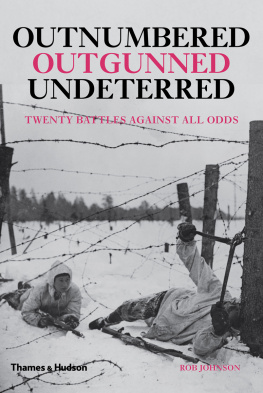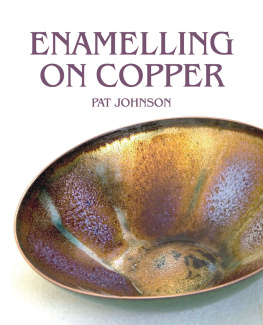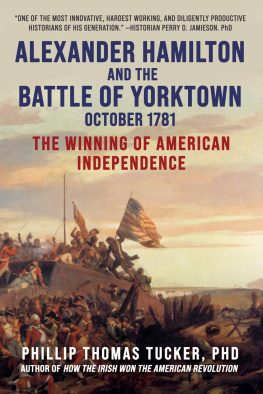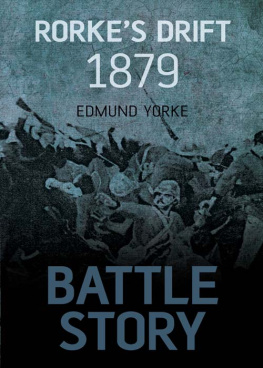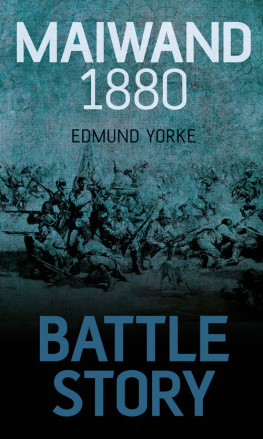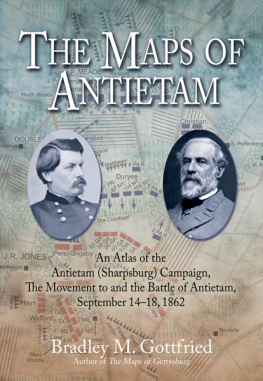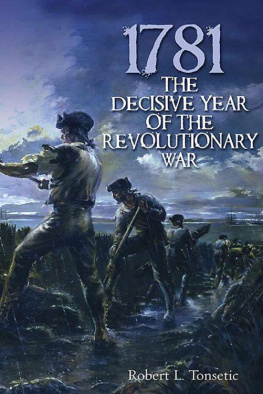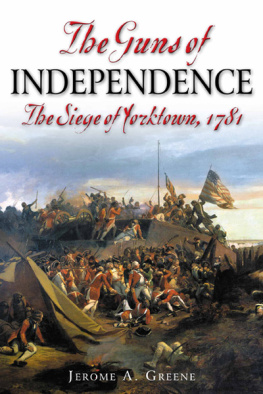About the Author
Rob Johnson, a former officer in the British Army with operational experience, is Lecturer in the History of War at Oxford University and Deputy Director of the Changing Character of War research programme. He is the author of several books, including Oil, Islam and Conflict (2008), A Region in Turmoil: South Asian Conflicts Since 1947 (2005), and (with Michael Whitby and John France) How to Win on the Battlefield (2010).
Other titles of interest published by
Thames & Hudson include:
Elite Fighting Forces: From the Ancient World to the SAS
Great Military Leaders and their Campaigns
How to Win on the Battlefield: The 25 Key Tactics of All Time
The Seventy Great Battles of All Time
War Since 1900: History Strategy Weaponry
See our websites
www.thamesandhudson.com
www.thamesandhudsonusa.com
In memory of Professor Richard Holmes,
an inspiration
CONTENTS
Why do some men and women, despite all the odds against them, decide to continue to resist, to endure and to take punishment? How is it that while some break and run, others provide inspirational courage, rally the discouraged and ultimately triumph? What are the attributes that enable some to endure and succeed where others fail? The resilience of the human spirit, the anatomy of courage and the setting of the highest example through leadership and personal sacrifice are among the most admirable virtues of the human race. Nowhere are these characteristics more thoroughly tested than in the crucible of war.
The purpose of this book is to illustrate, using twenty vivid case studies, some of the most epic actions of modern military history situations where the odds were stacked against apparently weaker forces that found themselves either outnumbered, outgunned, in an impossible tactical situation or simply cut off from supplies. Yet, through determination, leadership, cunning, skill or sheer guts, many of these forces managed to achieve victory or earn the respect of their enemies. Some survived, others went down fighting.
In this book there are examples of sieges endured, stubborn defences mounted, attacks launched despite minimal strength, epic retreats and heroic last stands. Each story is told, analysed and accompanied by an illustration and map or battle plan that shows the main dispositions and the scale of the task facing the underdog. These examples cannot but inspire us, although the purpose of this book is not to create any romantic illusions of the business of war, simply collect together famous last stands or reiterate the well-known accounts of the Western canon. Rather it is to offer a critical history that has a resonance beyond the period in question, presenting a balance of interpretations and actions from across the globe that show less well-known actions have much to tell us about how the ability to succeed has affected the history of war.
We must not, however, forget that all these battles were fought by ordinary men, and sometimes women, who performed extraordinary feats under very specific and distinct circumstances. Their direct experiences may not be replicated. The lessons they hold for us lie in their evident ability to transmit their character and spirit under the greatest pressures. If, in the extreme crisis of war, human beings are capable of such resilience and prowess, we may reflect on how much we ourselves might achieve or encourage others to achieve when faced by danger and disaster.
Rob Johnson
The decision to establish Valley Forge as a permanent base for the revolutionary American army, two years after the outbreak of war, kept alive the spirit of resistance despite the British regular forces ranged against them. Moreover, it provided a depot where Patriots could train and learn the art of war. For months their experiment in creating a standing army seemed close to collapse, but, in the end, a new American army emerged that would march to victory at Yorktown.
In the winter of 1777, the American colonists who had taken on the might of the British empire were in trouble. With supplies dwindling to a critical level their commander, George Washington, pleaded with Congress to provide food, clothing and shoes for his fledgling army as a matter of urgency. He wrote: unless some great and capital change suddenly takes place this Army must inevitably starve, dissolve or disperse, in order to obtain subsistence in the best manner they can. Washington had taken his men into winter quarters so as to prevent the total collapse of his force. In previous winters, men had drifted away from their units in such numbers that it was almost impossible to maintain an army at all: this meant that they lacked cohesion when confronted by the British. Time and again they were driven from the field because they lacked the ability to function together effectively.
Washingtons choice of Valley Forge in Pennsylvania as the location to keep his army intact over the winter was based on sound strategy. Having fought the Battle of White Marsh in December 1777, Washingtons base protected the nearby farmlands of Pennsylvania from British raiding parties, but kept enough distance between him and the British army at Philadelphia to prevent a surprise attack. High ground, namely Mount Joy and Mount Misery, protected the site from the west, and the Schuylkill River provided both a defensive barrier to the north and a supply of fresh water. Hundreds of wooden huts had to be built to accommodate the 12,000 or so men at Valley Forge, while revetted earthworks strengthened the perimeter. The chief problem, though, was a lack of provisions. Food was scarce and, although fresh bread was sometimes available, soldiers were forced to depend on a mash of flour and water called firecake. Supply of animal fodder was also intermittent, and many of the cavalry mounts and draught horses died in the cold weather. Uniforms were not available, and some of the troops were dressed in rags. In damp, fetid huts, inadequately fed and without winter clothing to keep out the cold, many men were incapacitated by disease. Typhoid, dysentery and pneumonia killed perhaps as many as 2,000, with a further 4,000 reported as unfit for duty. Inevitably, under such circumstances, many men began to desert.
In December 1777, Johann De Kalb wrote: Our men are infected with the Itch, a matter which attracts very little attention either in the hospitals or in the camp. I have seen poor fellows covered over and over with scab . We are already suffering from want of everything. The men have [had] neither meat nor bread for four days, and our horses are often left without any fodder. A surgeon of the camp listed the problems in his private journal: Poor food hard lodgings cold weather fatigue nasty clothes nasty cooking smoked out of my sense the devils in it I cant endure it why are we sent here to starve and freeze? here, all confusion smoke and cold hunger and filthiness He noted with bitterness that yesterday upwards of fifty officers resigned their commission. The officers who left took their servants with them. Some commissary officers sold the camps flour to the citizens of Philadelphia or perhaps to the British. Soldiers simply abandoned their posts and used guard duty as an opportunity to run away from military service. Drunkenness and insubordination were serious problems.
Camp indiscipline extended to bad hygiene and the mishandling of supplies. In the orders of 13 March 1778, there was a note that the carcasses of dead horses are lying in and near the camp, and that the offals near many of the commissaries stalls still lie unburied, that much filth and nastiness is spread amongst the huts, which are, or soon will be reduced to a state of putrefaction. Criticism began to extend to Washington himself. While some blamed Congress, others, like the veteran fighter Major General Charles Lee, felt Washington was not fit to command a Sergeants Guard. But quarrels between the leading officers were not uncommon and several duels took place that winter.

